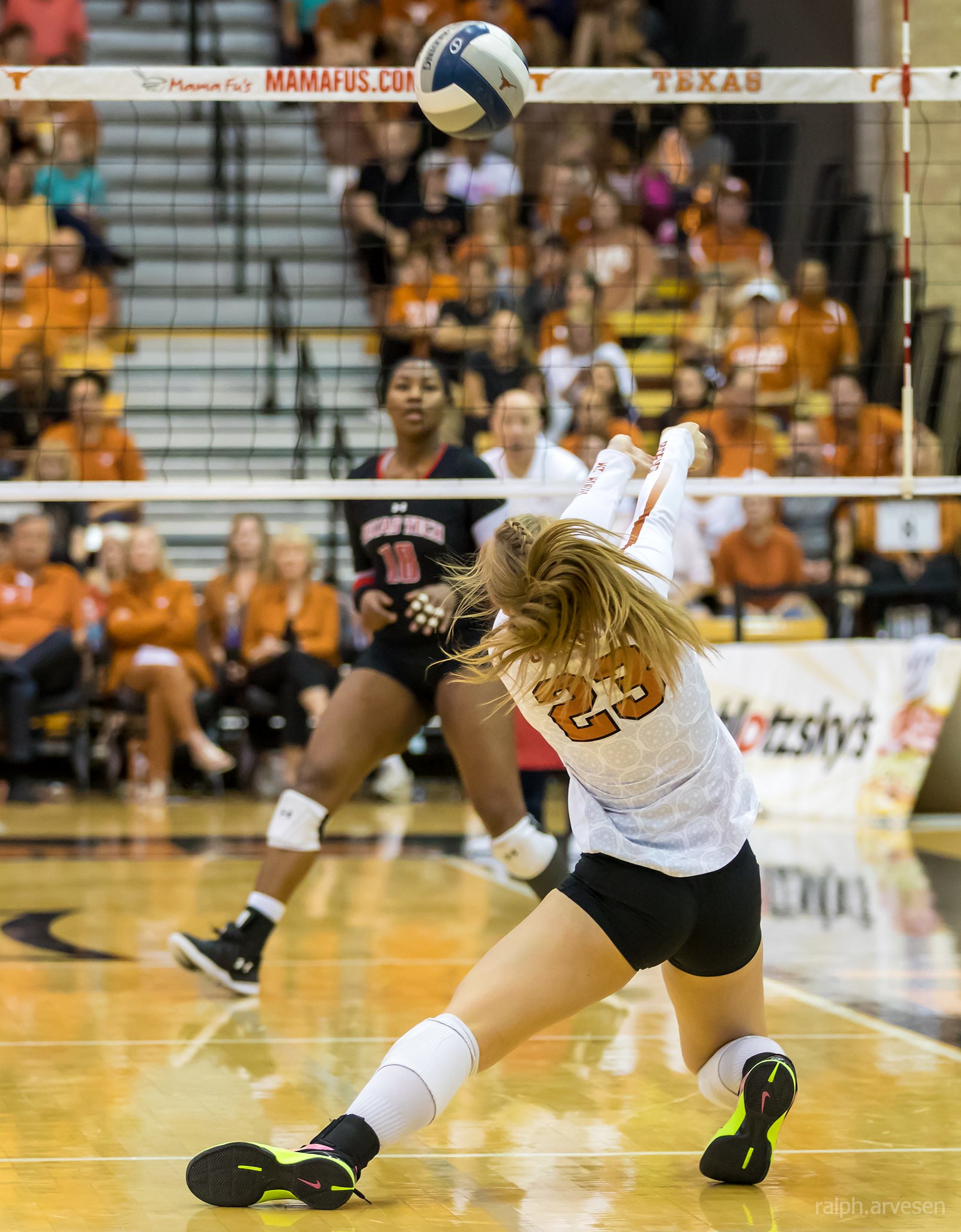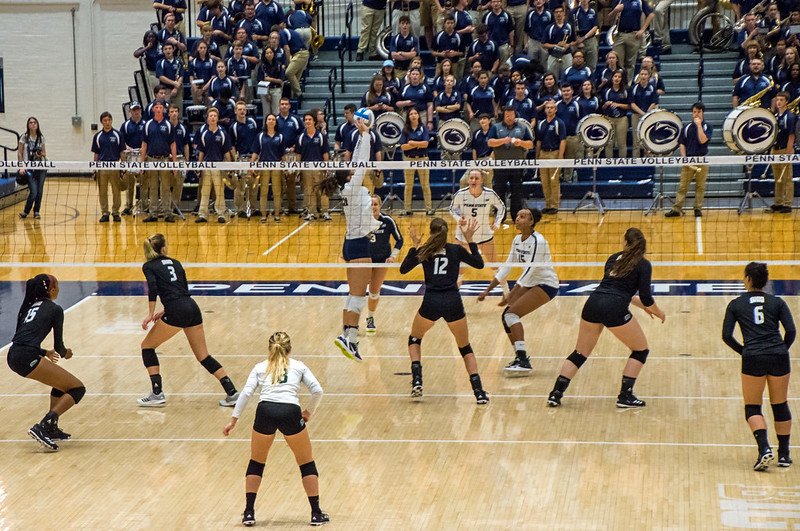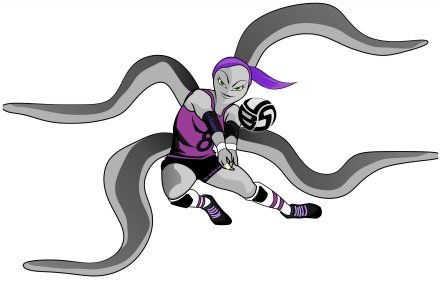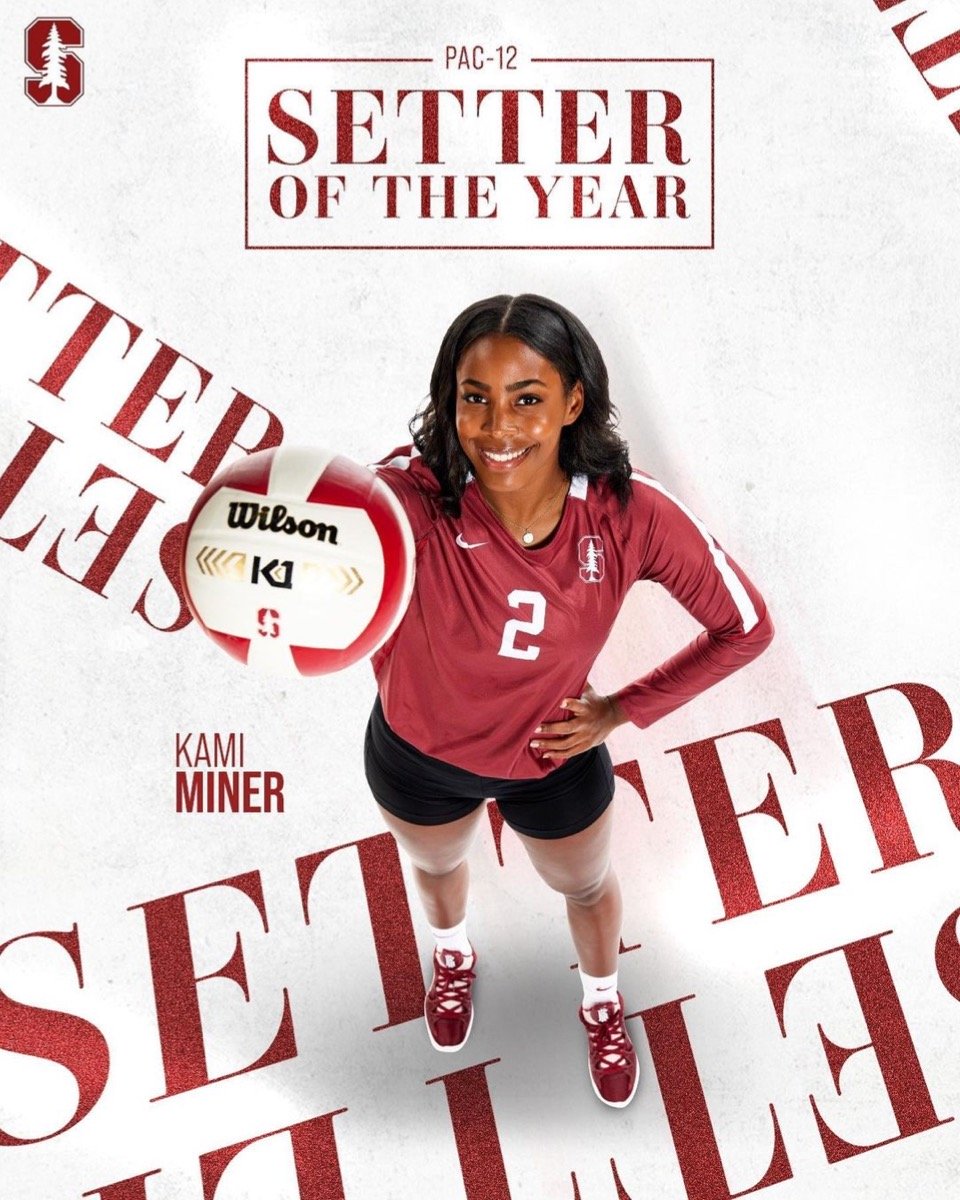- Improve Your Volleyball with Coach April
- High School Varsity Volleyball
- Defensive Volleyball Strategies
 Dear Volleyball Mom,
Do You Know What Sets My Private Volleyball Training Apart From Anyone In Vegas?
I invite You to read what my private volleyball training mission says before considering hiring me as a private volleyball coach because I'm not available for everyone.
Dear Volleyball Mom,
Do You Know What Sets My Private Volleyball Training Apart From Anyone In Vegas?
I invite You to read what my private volleyball training mission says before considering hiring me as a private volleyball coach because I'm not available for everyone.Defensive Volleyball Strategies When Do You Dig A Ball On Defense?
Defensive Volleyball Strategies: The dig is the last line of defense for a team to keep an attacked ball from hitting the floor and scoring a point or sideout.
Alright, let's break down some defensive volleyball strategies.
Picture this!
You're in the middle of a stressful match.
Your team just served the ball over the net.
Now, your team is on defense, and the other team, well, they're getting ready to attack.
What's your primary goal?
Its to stop them from scoring a point.
Get ready to learn how to master these defensive moves, and you'll be a force to be reckoned with on the court.
Stay sharp, and let's get into adopting some of these strategies!
Defensive volleyball strategies are used in a rally, after a a college or high school varsity volleyball team serves, the serving team is on defense and the team who is receiving the serve is on offense.
The team on defense has three blockers in the front row who will try and stop the opposing team's attack hit at the net by blocking the ball before it comes over the net.
If the blockers can't block it then the three players on defense in the back row, also called 'diggers' or 'defensive volleyball players', will use their defensive volleyball skills to dig the ball up to keep it off the ground so the opposing team can't score a point.
On defensive volleyball plays, the block is the first line of defense for a team and the dig is the second and last line of defense for a team to try and keep an opposing team's attack hits from scoring points by keep the ball off the floor.
When your team blocks, you are defending your court at the net, and if the ball gets by the block, then your back row players. also known as 'diggers', defend your court by digging the ball up into the air so it doesn't hit the floor.
The minute your high school varsity volleyball team digs a ball up and the ball stays on your side your team changes or "transitions" from being a team on defense to becoming a team on offense.
Your team keeps the opposing team's attack off your floor, but you've also set your team up to run an offensive attack sending the ball into the opposing team's court.
Now its their turn to try and block your team or make a defensive volleyball play or dig a ball up that you or your attackers send into their court to try and score a point.
Mastering The Role of a Digger: Tactics, Positioning, and Communication
Challenges vary in every game and so do the responsibilities of a 'digger'.
Essentially, the main role of a digger is to keep the ball off the court and in play after an opponent's attack hit.
However, this responsibility can take many forms depending upon the game situation.
Tactics Employed by Experienced Diggers
In scenarios where the ball is hit with extreme power, experienced diggers will use a sprawl, or an extension or a 3-4 step dive to dig the ball that's landing further away from them.
When the ball comes with less power into your court or in a tricky direction, a digger can use a different defensive strategy such as a collapse or a sprawl dig technique.
The key is to read the play, in order to anticipate the attacker's next move, then position yourself accordingly and to decide on the most effective digging tactic quickly.
Base Positioning on the Court During Defense
One of the critical elements of a successful defense is the correct positioning on the court.
The back court diggers should position themselves in the backcourt, equidistant from each other.
This formation creates a wider defensive range and allows players to cover the maximum court area to react to and play their opponents' attacks.
Diggers should be positioned in a way that they can make small last minute adjustments based on what their blockers are lining up to take in order to stop the opposing hitter at the net.
Diggers should be ready to reposition themselves according to the situation and the direction of the incoming ball - always staying low, ready, and maintaining a balanced and agile body posture.
Communication: The Backbone of Effective Defense
Just as important as the actual digging skill, what you say or don't on the court is just as important.
Communication plays an important role in a seamless defensive play, especially for diggers.
Effective communication starts with the team's blockers. The blockers should communicate with the diggers about where they plan to place the block. This would guide the diggers to position themselves to cover the area that the blockers can't.
Also, diggers should be vocal about who gets to dig the ball in case of overlapping defense zones.
Moreover, diggers should also communicate the quality of their digs.
Team debriefing between plays is another form of communication that is vital to continually improve the team’s overall defensive strategy.
Diggers can share insights such as patterns in the opposing hitter's attacks, providing valuable information that the team can use to anticipate and better respond to attacks.
Incorporating these elements into defensive strategies can significantly improve a team's defensive plays and lead to their success on the court.
Being a successful digger goes beyond just technique; it's about
- strategy
- positioning
- effective communication
Remember, to practice these aspects regularly, and take your team's defensive game to the next level.
Quiz Time! Test Your Skills: Interactive Volleyball Quiz Section
Do you think you know your volleyball strategy inside out?
Let's put that knowledge to the test with our fun and interactive Defensive Volleyball Strategies quiz!
There's no better way to sharpen your defensive skills and deepen your understanding of the volleyball dig pass.
This quiz will reveal insights about your on-court strategy and personality as a player.
So, put on your game face and let's serve it up!
1. True or False - The serving team is on offense during a rally?
2. The first line of defense in Volleyball is performed by whom?
a) Diggers
b) Spikers
c) Blockers
3. Which position needs to be able to quickly transition from offense to defense in a single play?
a) Setter
b) Libero
c) Spiker
4. The main role of a digger is to:
a) Block the ball at the net
b) Keep the ball in play after an opponent's attack hit
c) Always serve the ball
5. True or False - The Block is the last line of defense in Volleyball?
6. In Volleyball terminology, what is a 'digger'?
a) A player who serves the ball
b) A player who specializes in hitting the ball over the net
c) A player who specializes in preventing the ball from hitting the ground on their side
7. Defensive players in the back row are also called:
a) Spikers
b) Blockers
c) Diggers
8. Effective team communication in volleyball is:
a) Not necessary
b) Only important for the coach
c) Essential for successful plays
9. True or False - A digger should stay static and not reposition according to the direction of the ball?
10. Which volleyball tactic involves extending the body as far as possible towards the ball?
a) Block
b) Extension Dig
c) Serve
11. True or False - The digger’s positioning on the court during the defense should be equidistant from other players to cover a wider range of the court.
12. As team transition from defense to offense, calling out cues like ‘tight’ helps to:
a) Slow down the game
b) Alert other players about the ball's position
c) Confuse the opposing team
Remember, whether you got all the answers right or there were a few you weren't sure about, the most important thing is that you're learning and having fun.
Challenge your friends to complete the quiz and see who knows the most about volleyball defense strategies!
Keep practicing, and keep digging deep into the thrilling world of volleyball.
Quiz Answer Key:
1. False
2. c) Blockers
3. b) Libero
4. b) Keep the ball in play after an opponent's attack hit
5. False
6. c) A player who specializes in preventing the ball from hitting the ground on their side
7. c) Diggers
8. c) Essential for successful plays
9. False
10. b) Extension Dig
11. True
12. b) Alert other players about the ball's position
Remember, whether you answered all correctly or missed a few, the most important thing is that you're learning and having fun!
Share this quiz with your friends and teammates, and see who knows the most about volleyball digs!
Keep practicing and keep digging deeper into the fascinating world of volleyball.
Do You Follow Me on Pinterest?
Follow me on Pinterest Volleybragswag to improve your game even faster!
I share a lot of individual, partner and easy-to-do volleyball serving drills we do in class with my followers.
Many of these volleyball practice drills you can do at home by yourself or try at your next practice with your teammates.
If you're a B team or JV player trying to make varsity next year...your goal should be to complete 1000 reps a day of at least three of the basic skills on your own...volleyball passing, serving and setting should be at the top of the list.
Defensive Volleyball Strategies Used On High School Varsity Volleyball Teams :
Where Do You Go Now?
Okay here's where you need to go now! There are three options:
- Learn more about Digging and Defense by clicking the Related Links below. .
- Follow the suggested reading on our Sitemap page Learning How To Play (Sitemap)
- Or visit the pages in the How to Play Volleyball section in the drop down menu at the top of the page to get started.
- Before leaving this page Say "Hi" to Miss O.I Gotchu the Octopus wearing the #8 jersey below. Miss O.I. is the libero for the All Beast VolleyBragSwag All Star team.
SUSCRIBE
To My Email Newsletter Below!
From Lady Vol to Legend: Coach April Produces Powerful Passionate Players...is that you?
What Are You Looking For?

Hi there!
Thanks for stopping by. Hope you learned something today that will help you reach your volleyball goals.
Be sure to subscribe to my email newsletter so you can learn more each week!
Stay strong! Stay motivated!
-Coach April

SUSCRIBE
to my email newsletter below!
Vegas Volleyball's Unsung Heroes: Celebrating Moms with Peace Love Volleyball Shirts
Ready to energize your volleyball mom journey?
Subscribe to my 'Producing Powerful Passionate Peaceful Players' email list above on ImproveYourVolley.com.
You'll receive energy-boosting tips, exclusive insights from me, Coach April Chapple on maintaining momentum in volleyball.
Let's power up the Vegas volleyball scene together!
Recent Articles
-
5 Volleyball Passing Tips: Essential Techniques to Fix Common Mistakes
Apr 21, 25 05:34 PM
These are 5 volleyball passing tips beginner players need to see that show how to improve your serve receive skills -
5 Beginner Passing Drills Volleyball Players Should Know
Apr 21, 25 04:36 PM
These are 5 beginner passing drills volleyball players need to see that show how to improve your serve receive skills -
Basic Volleyball Passing Drills For High Floater Serves That Rise Up
Apr 21, 25 12:57 PM
With these basic volleyball passing drills remember to anticipate where the ball will land, keep elbows straight, stay in athletic stance, angle your platform









































